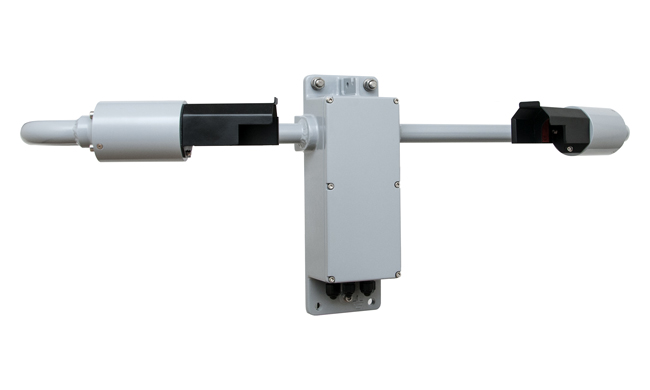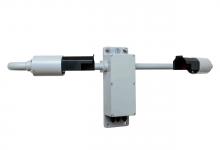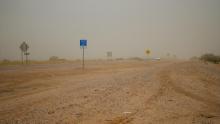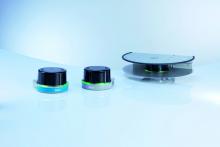
The sensor is easily integrated with systems in road and tunnel applications and monitors obstruction to vision caused by fog, smoke and exhaust fumes.
The company says that the forward scatter measurement principle provides a compact design with measurements that are both accurate and reliable in all weather conditions. Sensor features include window contamination monitoring with automatic measurement adjustment to allow maintenance only when needed.
The RWS-30 has a measurement range of 200m - 99.99km - with a resolution of 1m - making it very sensitive for both air quality and fire detection. To ease integration, the sensor has the ability to report EXCO or MOR as a 4-20mA current output as favoured in tunnel systems.
Alternatively, either the serial data output or optional relays can be used.
The measurement of visibility by forward scatter as used by the RWS-30 is now widely accepted and is seen as having significant advantages over more traditional techniques such as the use of backscatter sensors or transmissometers.
Backscatter sensors share the RWS-30's advantage of being compact; however, the backscatter signal is strongly dependent on the type of obstruction to vision. This results in poor accuracy and limited upper range.
More importantly, due to the problem of reflections, backscatter sensors require a large open area in front of the sensor to operate correctly.








